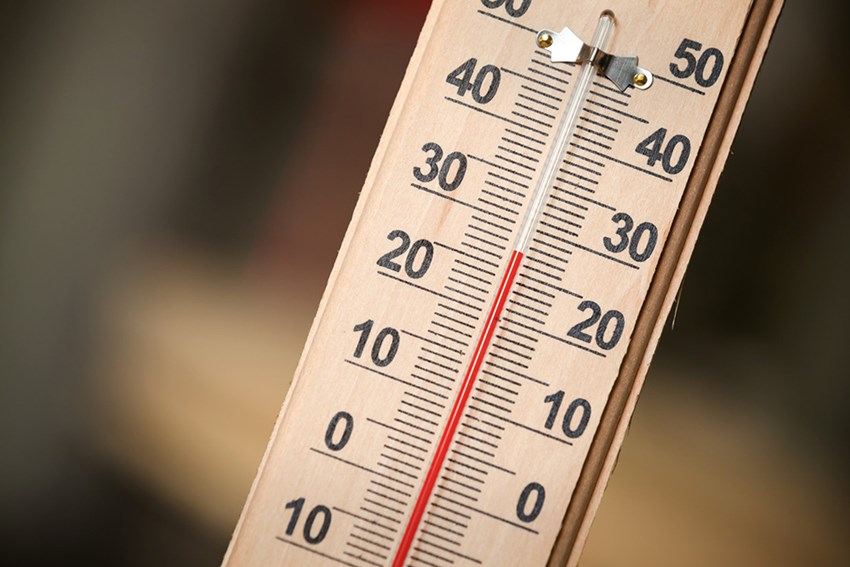Understand the physics of air velocity
Besides energy exchanges, the amount of momentum is also transferred to the air. Collisions with surrounding walls cause the air to impact those walls. This is known as air pressure. When the temperature of the air increases, the speed of the molecules in the gas increase correspondingly, which result in more collisions with the walls. Each collision is more powerful, the pressure on the walls increases.
This demonstrates the link between pressure and temperature. The general gas equation expresses the relationship between pressure, volume, number of molecules and temperature, like this:
P V = n R T


If aiming to maintain constant temperature under decreasing pressure, then either some of the air molecules have to disappear or the volume occupied by the molecules has to increase. If the pressure at one end of a ventilation duct is higher than at the other end, more molecules will move in the direction from high pressure towards an area with lower pressure than in the opposite direction. If we take the mean value of all molecules’ movement and put it in relation to their mass we can determine the air velocity. This tells us that air velocity may be determined by differences in pressure or temperature. Molecules move from spaces of high pressure and high temperature towards spaces of lower temperature and lower pressure. The greater the difference in pressure or temperature, the higher the air velocity.
At low air velocity, the flow is laminar and the air moves in a relatively orderly fashion with any disturbances evened out and order restored. When the air velocity increases and the flow becomes turbulent, we get something resembling chaos. In a turbulent flow, the air velocity changes from point to point, but also over time at one and the same point more or less at random. When people talk about air velocity in a turbulent flow, they are referring to average velocity over time. Any deviation from the mean value is usually called ‘turbulence intensity’, and the more turbulent the flow, the greater the deviation from the mean value. The air velocity, the mean value, and the turbulence intensity in the room air impact our perception of indoor thermal comfort.